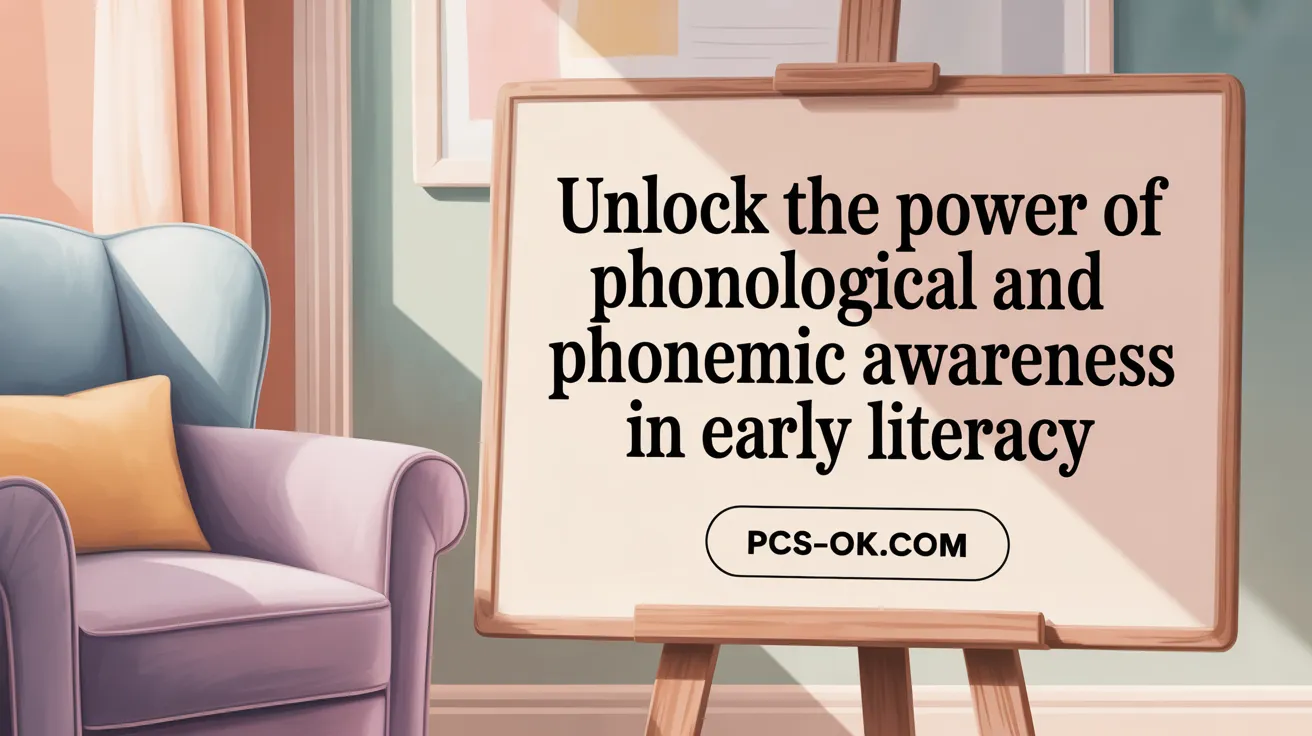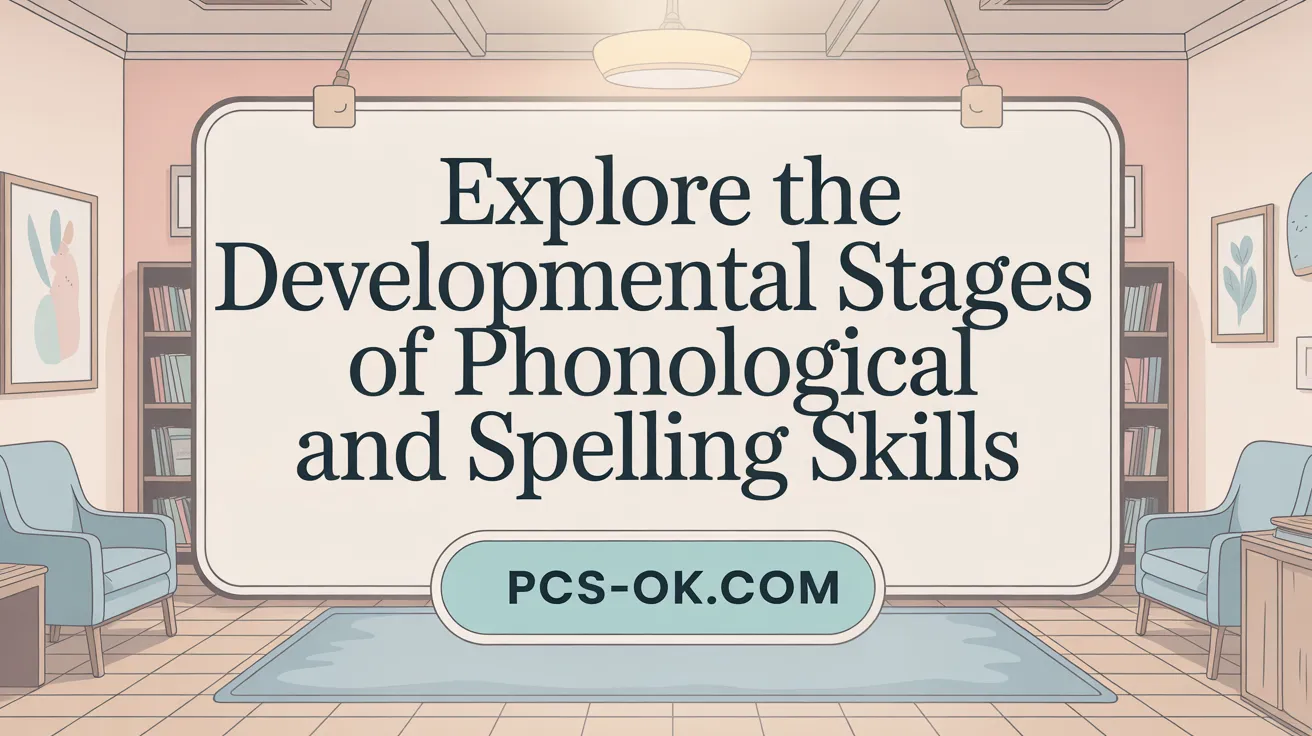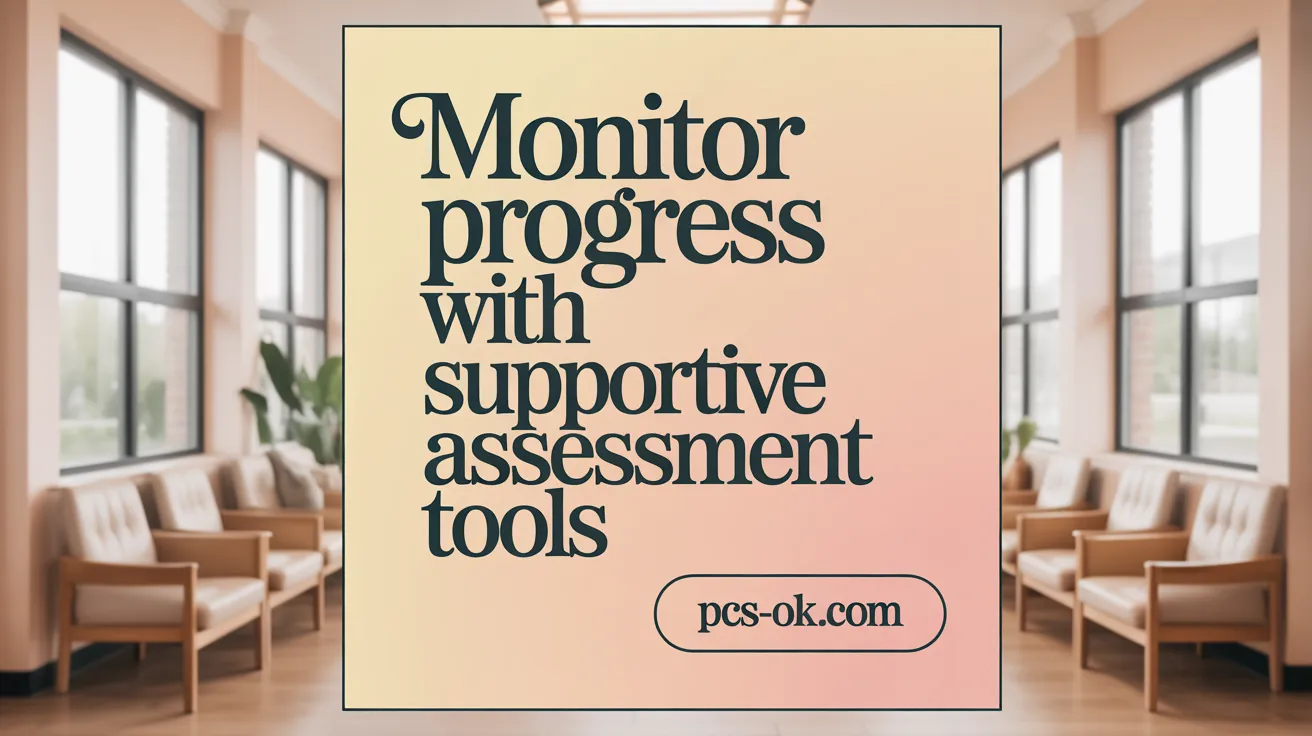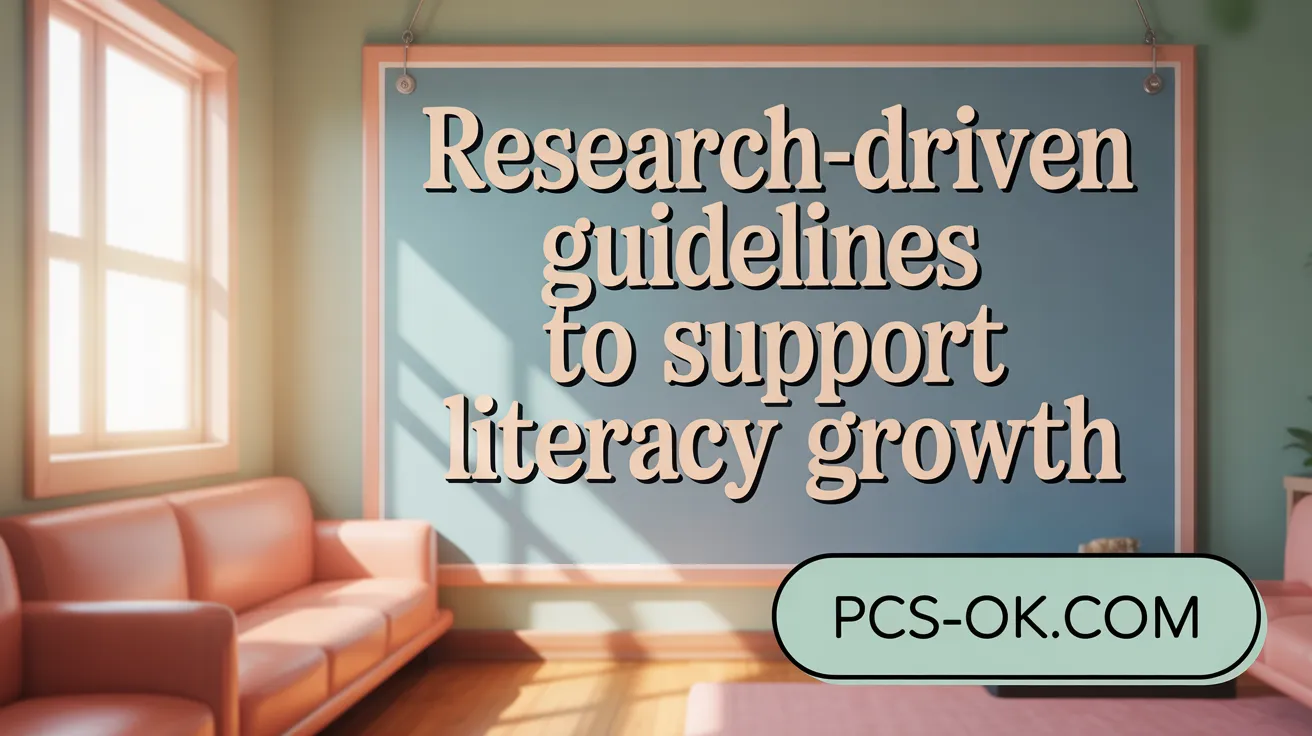Helping Kids With Spelling and Phonological Awareness
Why Phonological Awareness Matters in Early Literacy
Phonological awareness, the ability to recognize and manipulate sounds in spoken language, stands as a cornerstone of early reading success. This foundational skill bridges children’s oral language experiences with the complexities of written text, playing a critical role in decoding, spelling, and fluent reading. Understanding how these skills develop, how to teach them effectively, and how to support children in their literacy journey can prevent many reading difficulties and foster confident young readers.
Understanding Phonological and Phonemic Awareness: Key Concepts for Literacy

What are phonological awareness and phonemic awareness?
Phonological awareness refers to the broad ability to recognize and manipulate units of spoken language, including words, syllables, onsets, rimes, and phonemes—the smallest units of sound. It involves skills like rhyming, segmenting words into parts, and blending sounds to form words. Phonemic awareness, a subset of phonological awareness, focuses specifically on individual sounds within words. It includes tasks such as recognizing, segmenting, and blending phonemes.
Both skills are entirely oral and do not involve written text, serving as foundational steps for reading and spelling.
How are phonological awareness and phonics different?
While phonological and phonemic awareness deal with sounds, phonics relates to the relationship between these sounds (phonemes) and the letters (graphemes) that represent them in written language. Phonological awareness helps children recognize sound patterns and structures, whereas phonics teaches how to decode written words by understanding sound-letter relationships.
Children can have strengths in phonological awareness but difficulties in phonics, or vice versa. Teaching both systematically is essential for developing reading skills.
Development of phonological skills from rhyming to phoneme manipulation
Children typically develop phonological skills along a continuum, beginning with recognizing and producing rhymes, then moving to segmenting words into syllables, then onsets and rimes, and finally mastering phoneme-level skills such as blending, segmentation, deletion, and substitution.
This progression usually occurs between ages 3 and 7, aligning with early literacy development. Early exposure to language play, nursery rhymes, and activities that focus on these skills can support this development.
Why is phonological awareness important?
Phonological awareness is vital for early reading success because it enables children to understand the connection between spoken sounds and written symbols, an understanding known as the alphabetic principle. This understanding is crucial for decoding new words and spelling.
Research consistently shows that strong phonological and phonemic skills predict later reading and spelling achievement. Conversely, difficulties in these areas often lead to reading struggles, including dyslexia.
Explicit instruction, involving fun and engaging activities like rhyming games, blending sounds, or segmenting words, can develop these skills effectively, especially when started early. This instruction is especially important for children with speech or learning delays. Overall, developing phonological awareness helps children become confident readers, setting a solid foundation for continued literacy success.
The Developmental Hierarchy of Phonological and Spelling Skills in Children

How do phonological and spelling skills typically develop in children, and what is the progression or hierarchy of these skills?
Children’s phonological and spelling abilities develop in a specific order, building on each other from early childhood through elementary years. Initially, children learn to recognize and produce larger sound units, such as rhymes and syllables. These early skills, like identifying rhyming words and segmenting words into syllables, usually emerge around ages 4 to 6.
As children grow, they begin to develop awareness of onset and rime within words, which further supports their understanding of sound structures. This stage prepares them for more advanced phonological tasks. Between ages 6 and 9, children typically acquire phoneme-level awareness, including the ability to segment, blend, and manipulate individual sounds—phonemes—in spoken words.
Understanding the hierarchy is essential for effective instruction. Teachers often start with simple activities like rhyming games and syllable counting, then gradually introduce phoneme-level tasks. Explicit and systematic teaching is especially crucial for developing phonemic awareness, as mastery of these skills is a strong predictor of reading and spelling success.
In terms of spelling development, children apply their phonological knowledge to decode unfamiliar words and encode sounds into written form. Skills such as breaking words into syllables or individual phonemes facilitate this process. As children get better at phonological tasks, they become more proficient at spelling, because they understand how sounds relate to letters.
This sequence—from larger sound units to individual phonemes—mirrors cognitive development and linguistic sophistication. Supporting children through these stages with targeted instruction helps lay a solid foundation for fluent reading and effective spelling, ultimately leading to literacy mastery.
Research-Based Instructional Strategies and Classroom Activities

What are effective strategies and activities for developing phonological and phonemic awareness in children?
Developing phonological and phonemic awareness in children involves a variety of engaging and research-supported activities. Games like rhyming, syllable clapping, and sound matching activities serve as foundational exercises that help children recognize and manipulate oral sounds.
Using puppets, props, and movement-based exercises makes learning fun and interactive. For example, children might jump for each syllable or use hand gestures to segment sounds, which helps reinforce their understanding of sound units.
Explicit and systematic teaching methods are particularly effective. These include activities such as blending sounds to form words, segmenting words into individual phonemes, substituting one sound for another, and deleting sounds from words. Such tasks directly target phoneme recognition, which is vital for decoding skills.
Storytelling, singing, and reading books filled with rhymes or repetitive sound patterns also enhance auditory discrimination and deepen sound awareness. These activities build a natural connection between spoken language and print.
Practical classroom games like Guess-the-Word, Change-a-Name, and phoneme manipulation games reinforce phonological skills in a playful context. These games encourage active participation and make learning engaging.
Regular reading aloud with children supports phonological awareness development, especially when combined with assessment tools like TOPA-K and DIBELS. These measures help track progress, identify at-risk students, and tailor instruction accordingly.
By integrating these strategies into daily learning routines, educators can foster strong foundational skills that support future reading and spelling achievement. The combination of fun activities, explicit instruction, and ongoing assessment creates a comprehensive approach to developing phonological and phonemic awareness in early learners.
Educational Resources and Instructional Methods Supporting Literacy
Supporting the development of phonological and phonemic awareness requires a diverse range of resources and instructional strategies that are grounded in research. Teachers can utilize phonics-based books, manipulatives such as letter tiles, and interactive apps designed to make learning engaging and effective. Songs, poems, and read-aloud sessions also play a vital role in exposing children to rich language patterns, which help foster awareness of sounds and structures within words.
Explicit teaching of letter-sound relationships is essential. This involves systematic instruction that begins with continuous sounds like /m/ and /s/ and gradually moves to more complex units such as syllables and onset-rime patterns. Integrating phonological activities that focus on segmenting, blending, and manipulating sounds strengthens students’ phonemic awareness skills. Activities like phoneme substitution, deletion, and segmentation—where learners replace sounds in familiar words or break words into individual sounds—are particularly effective in building decoding and spelling abilities.
To enhance learning further, teachers are encouraged to assess student progress regularly using validated tools such as the TOPA-K, Yopp-Singer Test, and DIBELS measures. These assessments help identify children at risk for reading difficulties and inform targeted intervention. Combining these resources and instructional methods supports children’s ability to decode, spell, and understand the alphabetic principle, laying a solid foundation for reading success.
In addition to direct instruction, integrating multi-modal strategies—such as visual aids, hand tapping for sounds, and manipulatives—can make phonological awareness activities more engaging and accessible. This multi-faceted approach fosters a deeper understanding of the sound structures within words, leading to improved literacy skills for all children.
Assessment Tools for Monitoring Phonological and Spelling Skills

In early literacy instruction, assessing phonological and spelling skills accurately is essential for identifying students at risk and tailoring effective interventions. Both standardized and informal assessment tools serve this purpose.
Standardized tests such as the Test of Phonological Awareness-Kindergarten (TOPA-K), Phonological Awareness Literacy Screening (PALS), and the Comprehensive Test of Phonological Processing (CTOPP-2) are widely used. These assessments evaluate various aspects of phonemic skills including segmentation, blending, phonological memory, and awareness of sound structures. They provide reliable data on a child’s phonological processing abilities, helping educators determine readiness for reading instruction.
Alongside formal tests, informal classroom-based assessments offer ongoing insights. Activities like rhyming exercises, syllable clapping, sound matching tasks, and phoneme segmentation activities reveal a child’s practical understanding of sound units. These informal methods are flexible and can be adapted to different classroom contexts.
Progress monitoring is critical in early literacy. Tools such as DIBELS (Dynamic Indicators of Basic Early Literacy Skills) and PASS (Phonological Awareness Skills Screen) are developed specifically to track students’ growth over time. Their quick administration allows teachers to regularly gauge improvements and adjust instruction accordingly.
Spelling inventories, based on Donald R. Bear’s Words Their Way, classify spelling development into stages—ranging from pre-phonetic spelling to conventional spelling—and assess students’ ability to spell high-frequency words. Diagnostic assessments like Rosner’s TAAS provide detailed insights into phonological analysis skills, facilitating early detection of reading challenges.
Using a combination of these tools helps create a comprehensive picture of a child’s phonological awareness and spelling abilities, guiding targeted instructional approaches that promote literacy success.
Guidelines for Supporting Phonological and Spelling Development

What research-based guidelines help support children’s phonological and spelling development?
Supporting young children’s phonological and spelling growth relies on a structured, evidence-based approach. Research consistently advocates for systematic and explicit instruction in phonemic awareness, which involves teaching children to recognize, manipulate, and work with individual sounds in words.
Begin with foundational skills such as identifying and segmenting syllables, detecting onsets and rimes, and gradually progress to more challenging phoneme-level activities like blending sounds into words, segmentation, deletion, and substitution. These tasks should be age-appropriate, engaging, and interactive, often utilizing fun games and hands-on activities to reinforce learning.
Effective instruction seamlessly connects phonological awareness with alphabet knowledge. Explicit teaching of the sound-letter relationships—commonly referred to as phonics—supports decoding and encoding. This connection helps children understand how spoken sounds map onto written symbols, empowering them to read and spell words accurately.
Incorporating vocabulary and contextual reading experiences enriches phonological skills. For instance, discussing new words, practicing word families, and engaging in meaningful reading and writing tasks—like invented spelling—encourage children to apply their phonological knowledge in real language use.
Regular assessment is critical in monitoring progress. Validated tools such as the TOPA-K (Test of Phonological Awareness for Kids) and DIBELS (Dynamic Indicators of Basic Early Literacy Skills) can identify children at risk and inform targeted instruction.
Additionally, supporting diverse learners—including English language learners and children with speech or learning delays—is crucial. Tailoring activities and environments to meet individual needs, and involving parents and caregivers in home literacy activities, enhances the overall development.
By combining these research-backed strategies—systematic instruction, integration of vocabulary and alphabet understanding, ongoing assessment, and inclusive practices—educators can effectively foster phonological and spelling skills essential for early reading success.
Best Practices for Educators and Parents to Enhance Early Literacy
What tips and best practices can educators and parents use to enhance early literacy skills in children?
Developing early literacy skills requires a combination of intentional strategies and engaging activities. Reading aloud regularly is one of the most effective ways to foster language development and a love of reading. When reading, adults should use expressive voices, emphasize sounds, and pause to ask questions about the story, encouraging children to retell or predict what might happen next.
Interactive literacy activities are vital in strengthening children’s understanding of language sounds and print concepts. Activities such as rhyming games, singing songs, and playing with sound patterns help develop phonological and phonemic awareness, which are foundational for decoding words later on.
Creating a literacy-rich environment at home and in the classroom also promotes print motivation. Labeling objects around the house, discussing everyday experiences, and modeling reading behaviors like pointing to words while reading aloud make children more aware of print and its functions.
Introducing foundational skills like letter recognition, exploring print in everyday settings, and playing simple letter-sound games support the development of phonics and print awareness. Engaging in conversations, expanding vocabulary, and encouraging children to express their thoughts help cultivate language skills.
Parents and teachers should also integrate home languages when possible, as bilingualism enhances overall linguistic development. Overall, consistency, play-based learning, and positive reinforcement are crucial in nurturing early literacy and setting the stage for successful reading and writing.
Engaging Home and Classroom Activities to Build Phonological Skills
Developing phonological awareness can be both fun and accessible with simple activities that require no special materials. These activities are suitable for children in preschool and early elementary years, helping them recognize and manipulate oral sounds in engaging ways.
At home or in the classroom, parents and educators can incorporate activities like guessing environmental sounds, which introduces children to different sounds from their environment. Rhyming games, such as matching words that rhyme or creating rhyming pairs, help children develop an ear for sound patterns.
Multisensory approaches enhance learning by involving visual, auditory, and kinesthetic modalities. For example, using hand tapping to count syllables in words or visualizing mouth movements during sound production can reinforce phonological skills. Activities like the Mystery Sound Box allow children to identify sounds from objects hidden in a box, making sound identification tactile and fun.
Other effective games include rhyming treasure hunts, which involve finding objects or pictures that rhyme with a given word, and Sound Quest, where children listen for specific sounds during classroom activities. Blending baseball involves students combining phonemes to form words while physically moving to add movement to learning.
Teaching phonological awareness with small, playful activities is simple, effective, and adaptable to various settings. Regular practice—about 15 minutes a few times a week—can significantly strengthen foundational literacy skills. These exercises also serve as excellent preparation for subsequent phonemic awareness and phonics instruction.
For further ideas and detailed activities, search for ‘phonological awareness activities and games for children.’ Resources such as the 5CCL Activity Library or Teachers Pay Teachers offer a wealth of ideas to support children’s speech and reading development.
Building Strong Literacy Foundations Through Sound and Spelling Awareness
Helping children develop strong phonological and spelling skills is vital for their overall literacy success. Through a structured progression of skill development, research-backed instructional practices, and consistent assessment, educators and parents can provide meaningful support tailored to each child’s needs. Engaging, playful activities combined with systematic teaching help children connect sounds to letters and words, fostering confident reading and spelling abilities. Ultimately, a collaborative effort that embraces both educational settings and home environments creates a rich foundation, unlocking children’s potential to become skilled, enthusiastic readers and writers.
References
- Phonological Awareness: Instructional and Assessment …
- 10 Phonological Awareness Activities to Grow Your Childs …
- Phonological and Phonemic Awareness: Introduction
- 10 Tips for Teaching Phonological Awareness
- Phonological Awareness Hierarchy, Skills, and Goals
- Phonological Awareness vs. Phonics in Early Education
- 14 phonemic awareness activities for students
- How Phonological Awareness & Spelling Connect
- What Is Phonological Awareness? A Guide for Parents
